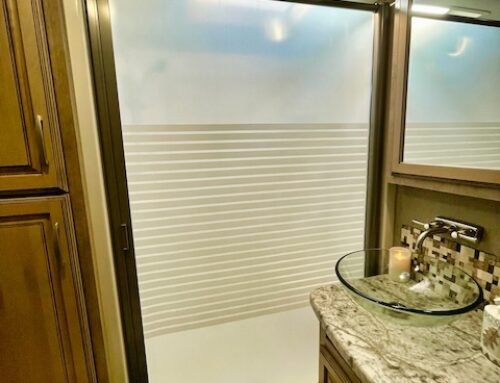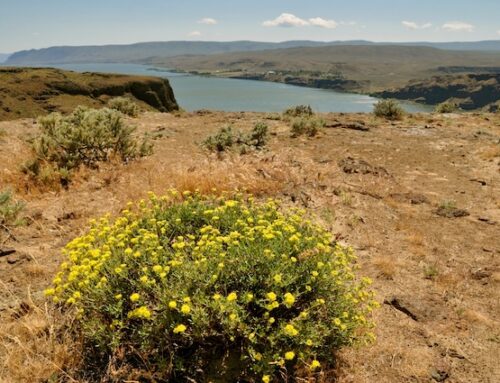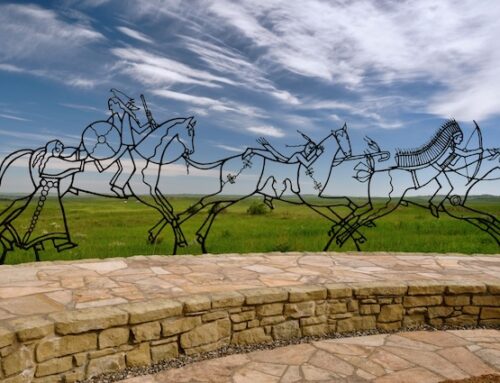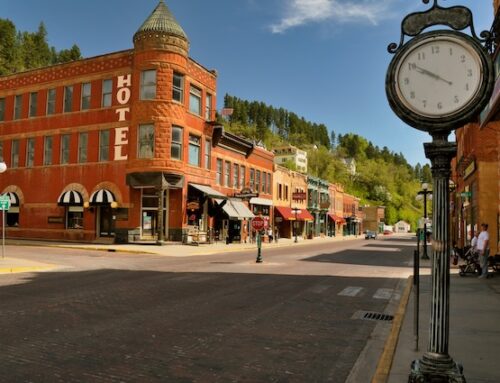Iceland – Vik to Reykjavik Day 13
As I suggested I might in Part 12 of our Iceland adventure, I got up early and was out the door of the Farmhouse Lodge just outside Vik by 6AM. I knew it would be overcast, but I was hoping the rain hadn’t started yet and the winds would be light. I was wrong on both accounts…yes the gods are still displeased! Oh well, I was up and breakfast wasn’t til 8AM, I may as well go.
My plan was to head back to Dyrhólaey and visit Reynisfjara, the black sand beach we saw from Dyrhólaey the day before. Sadly, once I got there the road to Dyrhólaey and the west end of Reynisfjara beach was gated and wouldn’t open until 9AM…bummer. However, they do this to protect birds that are nesting on Dyrhólaey, including the Atlantic Puffin.
Reynisfjara – Black Sand Beach
I turned around and headed back to the east end of Reynisfjara. When I got there it was very dark, due to the very heavy overcast It was also raining and blowing. Still, it is a very beautiful spot in any weather with the black sand beach, the black basalt sea stacks of Reynisdrangar and rocky promontory and sea arches of Dyrhólaey in the distance. There are also large basalt columns forming part of the cliffs here as well as a sea cave.
When I first arrived a couple of guys had a women, in the nude, posing in front of the basalt cliffs. That looked damn chilly! I didn’t expect they would be too long because, how long can you survive in that weather, naked? To kill time I tried to get some shots looking west towards Dyrhólaey. The trouble with that was I shooting into the wind and it was near impossible to get any shots without raindrops on the lens. However, between the worst of the gusts, I managed a few.
As I predicted, the nude photo shoot ended fairly quickly and I was able to head over to the cliffs and cave for some shots. It is a stunningly beautiful place! I could see why Reynisfjara is widely considered to be the most beautiful example of Iceland’s black sand beaches and is ranked as one of the ten most beautiful non-tropical beaches in the world.
Vik
Since it was still early I headed back in to Vik to see what was going on at the black sand beach Víkurfjara. However, like Reynisdrangar it was pretty near impossible to shoot into the wind looking at the sea stacks. I headed back up the hill to the Vik i Myrdal Church to have al look. It was certainly a much different day from yesterday!
The opportunities for much more photography were limited, and breakfast time was rapidly approaching and my belly was beginning to let me know enough is enough, lets stuff some food in here!
After breakfast, we packed up and headed east towards Reykavik, some 3 hours away. This was going to be out last day of our Ring Road adventure and it was going to be a wet one! The overcast was low and heavy, the rain continued from a steady drizzle to a heavy downpour and yes, the wind was blowing! An inauspicious end to our last day unfortunately, but we were still looking forward to two more days exploring Iceland’s capital, Reykjavik.
On the road to Reykjavik
We stopped at a few points of interest along the way, including a shot of Skogafoss waterfall from a different perspective. We certainly lucked out with the weather the previous day for getting to Skogafoss and able to see it in the sunshine!
Drangurinn
We had to stop then we saw a huge rock formation rising from the middle of an emerald green pasture. Pressed up against the rock were a couple of turf buildings and a wood barn. This was the iconic Icelandic farm called Drangurinn.
The rock formation is call ‘tuff rock’ or ‘tuff’ and is a type of sedimentary rock that forms from the consolidation of volcanic ash and other volcanic debris. However, it is unique in that the rock results from explosive volcanic eruptions. As these materials accumulate and settle, they eventually become compacted and cemented to form ‘tuff’ rock.
Rutshellir Cave
A little further along there is another tuff rock. There are two man-made caves in this rock and a small stone structure at the entrance, which is an old sheepcote first built around 1917. Rutshellir cave is one of the largest man-made caves in Iceland. Although this is on private land and sheep wander the pasture, the owners have kindly built a stairway over the fence and a stone path leading to the entrance so you can explore if you’re so inclined. There is also a small church on this farm, something that is very common with many of the farms you see in Iceland.
Seljalandsfoss
Iceland may be known as the land of fire and ice, but it could also be known as the land of waterfalls and we had to stop at one more before this trip was done. Seljalandsfoss is one of the best-known waterfalls in Iceland. It is about 60 meters (200 ft) tall and it is breathtakingly beautiful. There is a path that leads behind the falls at the bottom of the cliff so it is actually possible to walk behind it.
Sadly, on this day it was overcast, raining, windy and the parking lot was full, plus you had to pay for parking, so I’m sorry to say we wimped out and settled for a quick shot from the road. That in itself was a challenge because of the rain and wind!
Reykjavik
From Seljalandsfoss it was just highway driving in heavy rain back to Reykjavik; there wasn’t really much to see and what you could see was obscured by the overcast, rain and spray. We arrived back at the Reykjavik Lights hotel where we stayed on our arrival in Iceland and were able to check in a bit early. Time for some rest, then happy hour in the lounge at 4pm!
For dinner that night to avoid having to drive anywhere, we found an upscale pizza joint attached to the hotel, Olifa – La Madre Pizza It was a very comfortable spot, good service and the pizza was very unique and most excellent!



















Leave A Comment